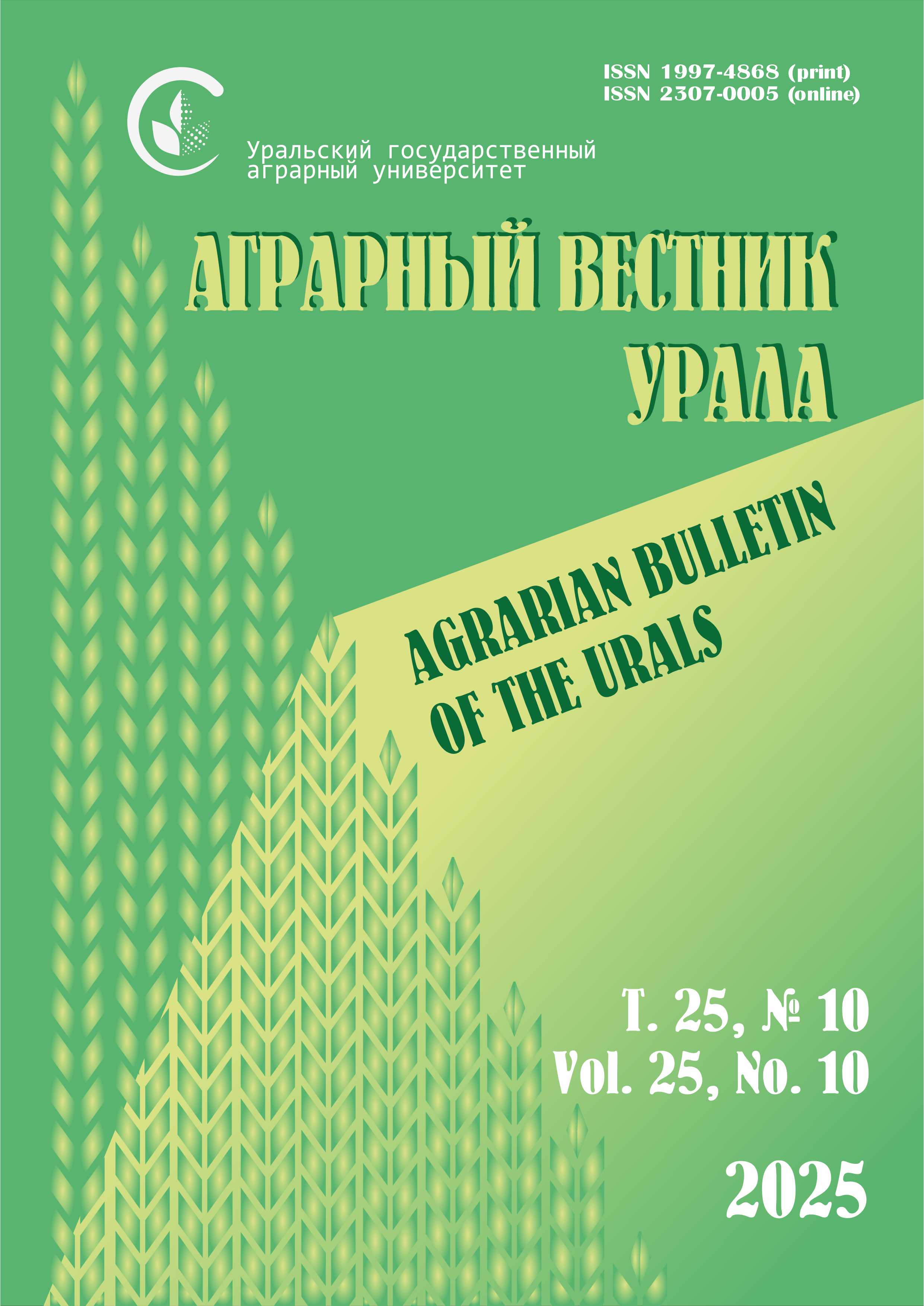Authors:
M. N. Kincharova,
A. I. Kincharov,
M. R. Abdryaev
Volga Scientific Research Institute of Selection and Seed-Growing named after P. N. Konstantinov – a branch of the Samara Federal Scientific Center of the Russian Academy of Sciences, Kinel, Russia
E-mail: This email address is being protected from spambots. You need JavaScript enabled to view it.
Abstract. The aim of this work is to investigate the composition of pathogenic mycoflora associated with the seeds of winter soft wheat in the Samara region under laboratory conditions. Research methodology and methods. The seeds of 10 varieties and lines of winter soft wheat of competitive variety trials, grown in the central soil and climatic zone of Samara Region, were examined in the Laboratory of Innovative Technologies in Breeding, Seed Breeding and Seed Science and Laboratory of Breeding and Seed Production of Winter Wheat, Volga Branch of Samara Research Center of RAS. Infestation of seeds by pathogenic fungi was determined by roll method using the method according to GOST 12044-93 and subsequent microscopy. Results. Correct diagnosis and knowledge of the causes of the disease, peculiarities of pathogen development are the basis for successful protective and preventive measures. As a result of the study we conducted in 2019–2020 revealed a high degree of infection of seeds with fungi on a natural infectious background. Dominant on the seeds, studied samples are fungi: Alternaria sp. (with a frequency of occurrence from 0.5 to 35.0% and relative prevalence from 0.7 % to 56.5 %, Fusarium sp. (with a frequency of occurrence from 2 to 45.5 %, and relative prevalence from 4.1 % to 67.4 % respectively) and the group of fungi causing seed mold (Cladosporium sp., Mucor sp., Penicillium sp. etc.). Differences in the amount of precipitation and relative humidity may be a probable reason for differences in the frequency of a particular fungus and species detected on seeds of winter soft wheat in different years. Scientific novelty. The phytopathological estimation of seeds as applied to the conditions of Samara region has been carried out and pathogenic complex of fungi associated with the seeds of winter wheat has been established.
Keywords: winter wheat, variety, fungi, seed infection, pathogen, percentage frequency, relative abundance.
For citation: Kincharova M. N., Kincharov A. I., Abdryaev M. R. Rasprostranennost’ gribnoy infektsii na semenakh ozimoy pshenitsy v usloviyakh Srednego Povolzh’ya [Prevalence of fungal infection on winter wheat seeds under conditions of the Middle Volga region] // Agrarian Bulletin of the Urals. 2022. No. 12 (227). Pp. 11‒22. DOI: 10.32417/1997-4868-2022-227-12-11-22. (In Russian.)
Download the full text of the article












